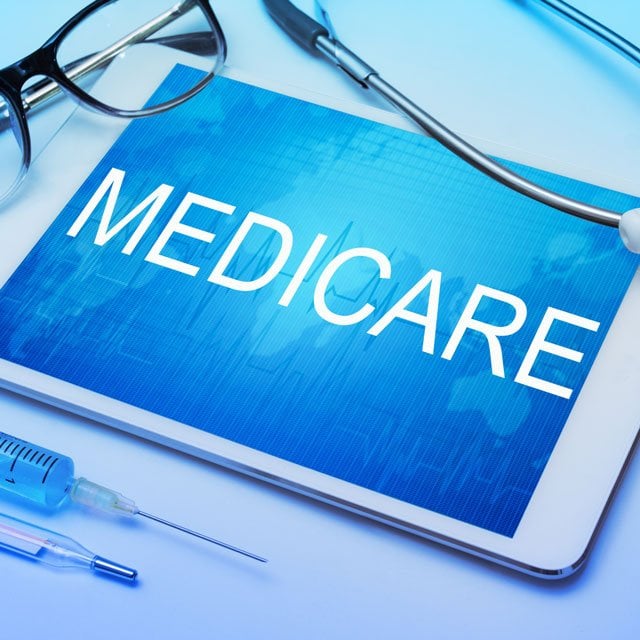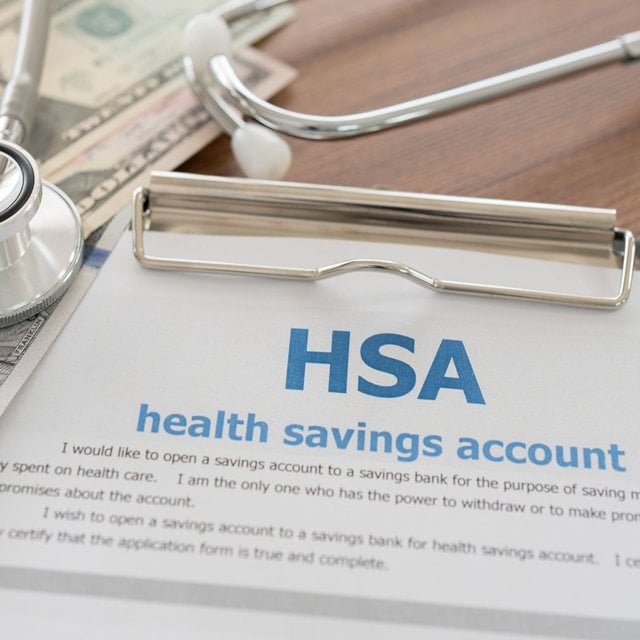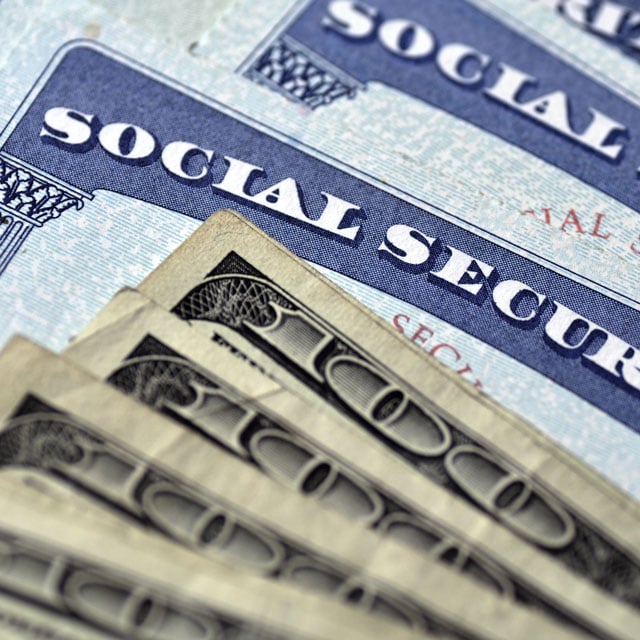HealthCare.gov Activity Continues to Improve
The Season
HealthCare.gov got off to a slow start, but volume has improved steadily both for new business and for renewal business. Although new signup activity was down 14% in the fourth week, year-over-over, that's an improvement from a 17% drop in the third week, and an 18% drop for all four weeks. The 4.9% year-over-year increase in renewal activity in the fourth week compares with a drop of 2.1% in renewal activity in the third week, and an 11% drop for all four weeks.
Words
The Centers for Medicare and Medicaid Services (CMS), the federal agency that runs HealthCare.gov, counts a transaction as a sale only when a consumer has "effectuated" the coverage by making at least one premium payment. The consumers who are renewing their coverage are already making premium payments. Their renewals represent effectuated sales. The consumers who have signed up for the new coverage will not have to make their first payments for several weeks. Because, officially, many of the new customers have not yet bought their coverage, mid-season HealthCare.gov signup activity reports refer to "plan selection" activity, rather than to sales. The "open enrollment period," or time when people can buy individual major medical coverage without showing they have what the government classifies as a good excuse to be shopping for coverage, began Nov. 1 in most of the country and is set to run until Dec. 15 in most of the country.
Beyond HealthCare.gov
HealthCare.gov runs what amounts to a family of web-based supermarkets for health insurance. The program helps consumers buy individual major medical coverage from commercial insurers, and use Affordable Care Act premium tax credit subsidies, in states that are unwilling or unable to handle all ACA exchange program operations. HealthCare.gov provides exchange enrollment and account administration services in 39 states. The District of Columbia and 11 states operate locally run exchanges. ACASignups.net is estimating that about 570,000 people had signed up for exchange plan coverage through state-based exchange programs by Nov. 24.
HealthSherpa
HealthSherpa — which is formally known as Geozoning Inc. — helps other agents and brokers sign people up for ACA exchange plan coverage, and it also helps its own retail clients sign up for coverage. HealthSherpa says its signup activity for the week that ended on Nov. 24 was 72% higher than its level of signup activity for the comparable week in 2017. The company helped 78,684 people sign up for coverage in the latest enrollment period week. For the entire enrollment period, the company's activity is up 48%. HealthSherpa says it believes its exchange plan signup activity has been strong partly because, after taking premium subsidies into account, the median net premium payment has fallen about 34%, to about $30 per month. — Read ACA Public Exchanges Lurch Back Open, on ThinkAdvisor.© 2025 ALM Global, LLC, All Rights Reserved. Request academic re-use from www.copyright.com. All other uses, submit a request to asset-and-logo-licensing@alm.com. For more information visit Asset & Logo Licensing.
Featured Resources
View All
Sponsored by Global Atlantic Financial Group
ForeStructured Growth II: Registered Index-Linked Annuity









